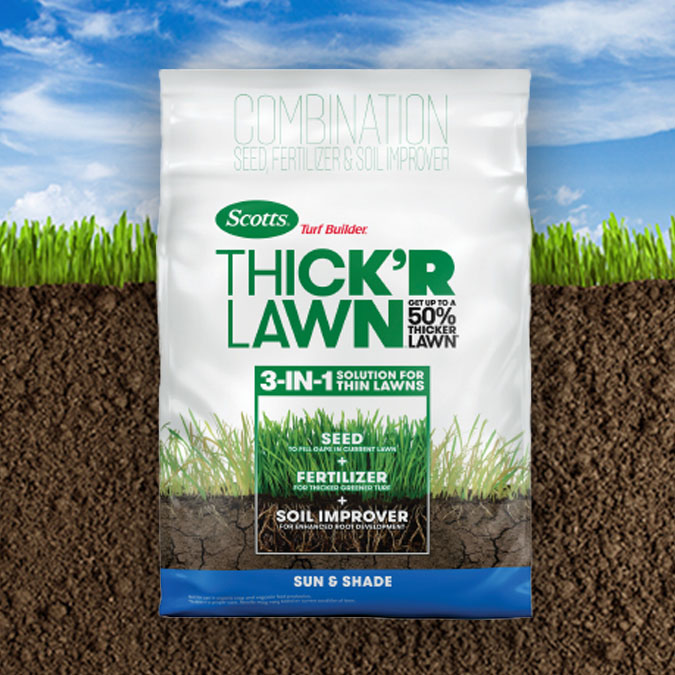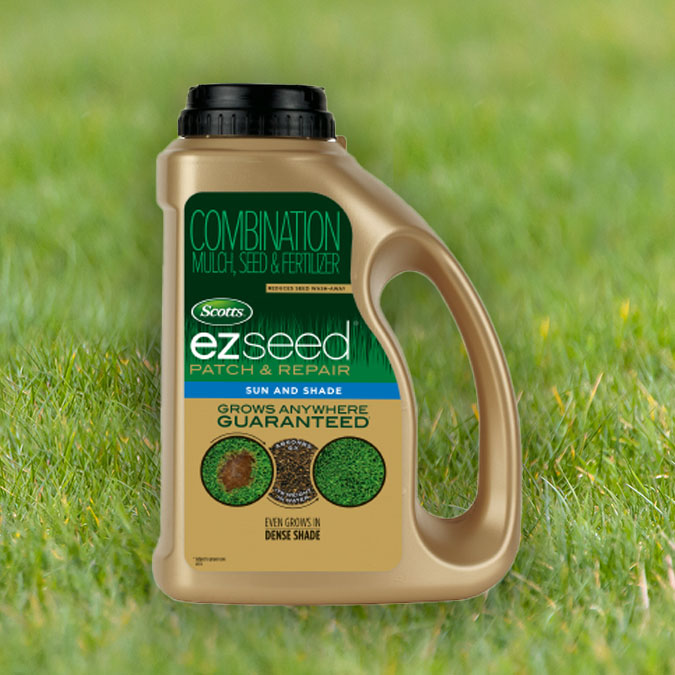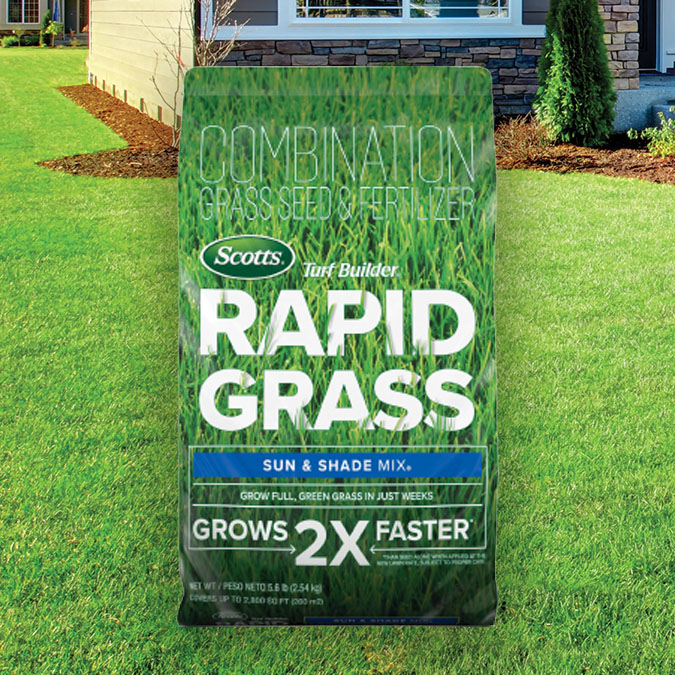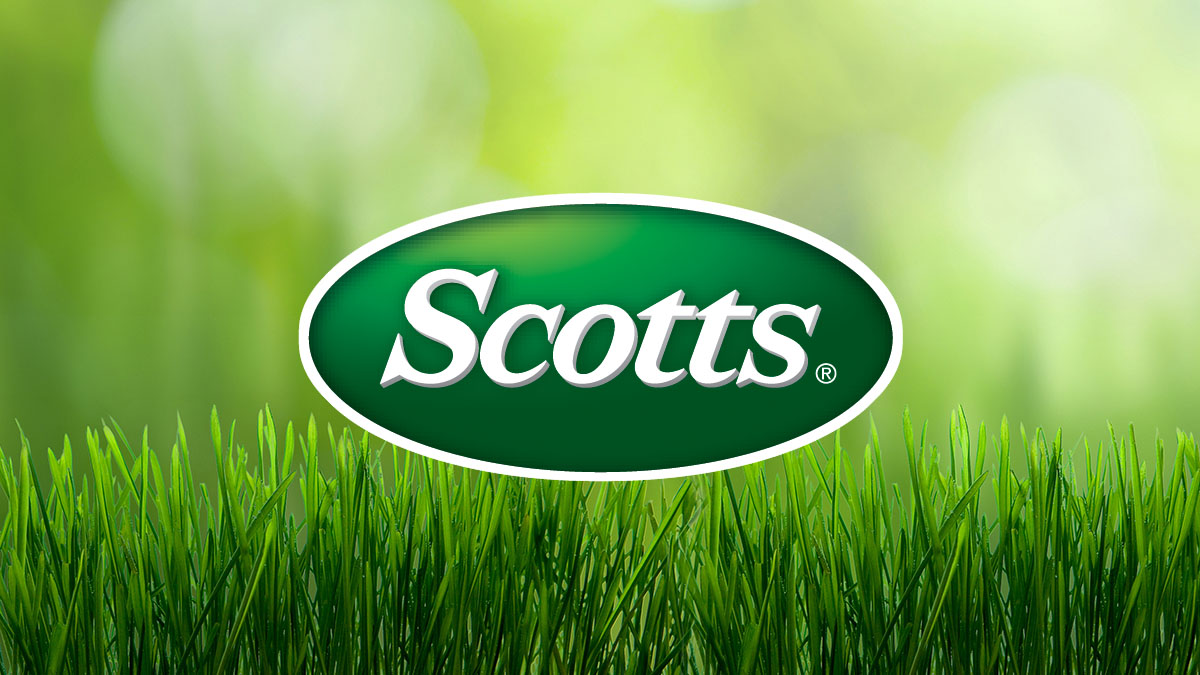Revitalize Your Lawn This Fall: A Guide to Seeding Success
Fall is undoubtedly the prime time for seeding, and here’s why: the crisp air of autumn is accompanied by soil that retains the warmth of summer, creating the ideal conditions for planting grass seed. Moreover, seeding in the fall allows ample time for new grass roots to establish themselves before the harshness of winter sets in. This season presents many seeding projects, whether rejuvenating a thin lawn, repairing bare spots, or starting afresh with a brand-new lawn. If you need help determining where to begin or which products to use, worry not; we’ve got you (and your lawn) covered. Keep reading to discover more.
Choosing the Right Seed for Your Lawn
Before embarking on any seeding project, it’s crucial to identify the grass type that will thrive best in your area. The choice of grass seed should align with your geographical region. For instance:
Northern Regions: Consider Kentucky Bluegrass, Perennial Ryegrass, and Tall Fescue. These grass types are well-suited for the Northern United States, thriving in diverse conditions.
Southern Regions: Bermudagrass or St. Augustinegrass are excellent choices. Bermudagrass is known for its drought tolerance, making it resilient in the scorching heat of the South. St. Augustinegrass flourishes in warm, humid areas, particularly in parts of Texas and Florida.
Keep in mind that St. Augustine grass can only be grown via sod or plugs. For a comprehensive understanding of different grass types and to ensure you make the right choice, refer to our helpful guide on identifying your grass.
Seeding Projects

1. Overseed a Thin Lawn
If your lawn appears thin and lackluster, overseeding is the perfect project to undertake. Thickening your lawn in the fall ensures its resilience throughout the cold winter months and ensures it looks its best-come spring. To achieve this, Scotts® Turf Builder® THICK’R LAWN® is an excellent product to consider. This 3-in-1 solution combines grass seed to fill gaps in your existing lawn, fertilizer to nourish, green, and thicken new and existing grass, and soil improvers to encourage robust root development. Together, these components can help you achieve a lawn that’s up to 50% thicker with just one application (results may vary based on current lawn condition).
To begin your overseeding project, prepare your lawn by mowing it to a height of approximately 2 inches or the lowest mower setting. Rake or dethatch to loosen the top layer of soil and remove dead grass and debris. Then, apply the product with a Scotts® spreader (follow product label for spreader settings). Water daily or as needed to keep the soil surface moist for the first two weeks.

2. Repair Bare Spots
Summer activities often lead to bare spots in your lawn, whether from children playing or pets running and digging. Fortunately, repairing these spots is a breeze with Scotts® EZ Seed® Patch & Repair. This product comprises high-performance grass seed, continuous-release lawn food, super-absorbent growing mulch material, a tackifier to reduce seed wash-away, and a protectant to safeguard seedlings from diseases.
Follow these three easy steps for success:
- Prepare the area by removing dead grass and loosening hard soil.
- Evenly apply EZ Seed® so that the area is mostly covered, but the bare ground remains visible.
- Saturate with water until no more water is absorbed, and the mulch turns dark brown.
For optimal results, plant seed in the spring or fall when daily average soil temperatures consistently range between 55 and 70°F, or air temperatures are between 60°F and 80°F (or 70°F and 90°F depending on the product). Be sure to keep kids, pets, and lawnmowers off newly planted seedlings until the grass reaches a height of 3 inches.

3. Seed a New Lawn
Seeding a new lawn might sound daunting, but it’s remarkably straightforward, especially when done in the fall. Scotts® Turf Builder® Rapid Grass simplifies the process further. This innovative grass seed and fertilizer mix in one formula offers extended feeding, resulting in a lush, green lawn. Compared to seed alone, your grass will grow 2X faster (when applied at the new lawn rate, subject to proper care).
Begin by raking the area to loosen the top 2 inches of soil and remove any dead grass or debris, ensuring good seed-to-soil contact. Apply the product with a Scotts® spreader (consult the label for spreader settings). Lightly rake the product into the soil, ensuring it’s beneath the surface. Water daily to maintain a moist soil surface until the seedlings reach at least 2 inches in height.
With these valuable fall seeding tips and the right products, your lawn will thrive and look its best, whether rejuvenating it, fixing bare spots, or starting anew. Don’t tuck your spreader away yet; let it be your ally in achieving a healthy, vibrant lawn this fall.



